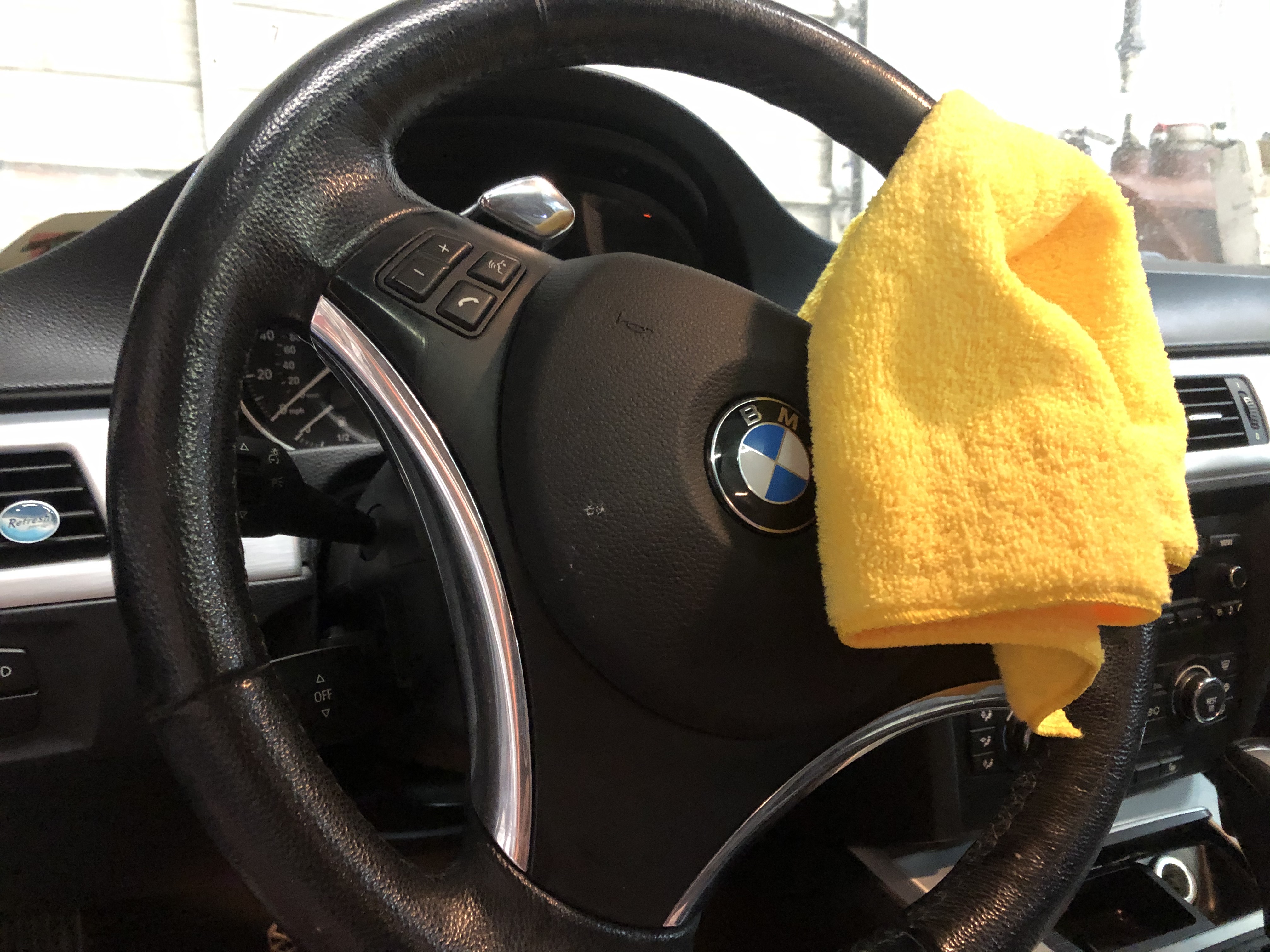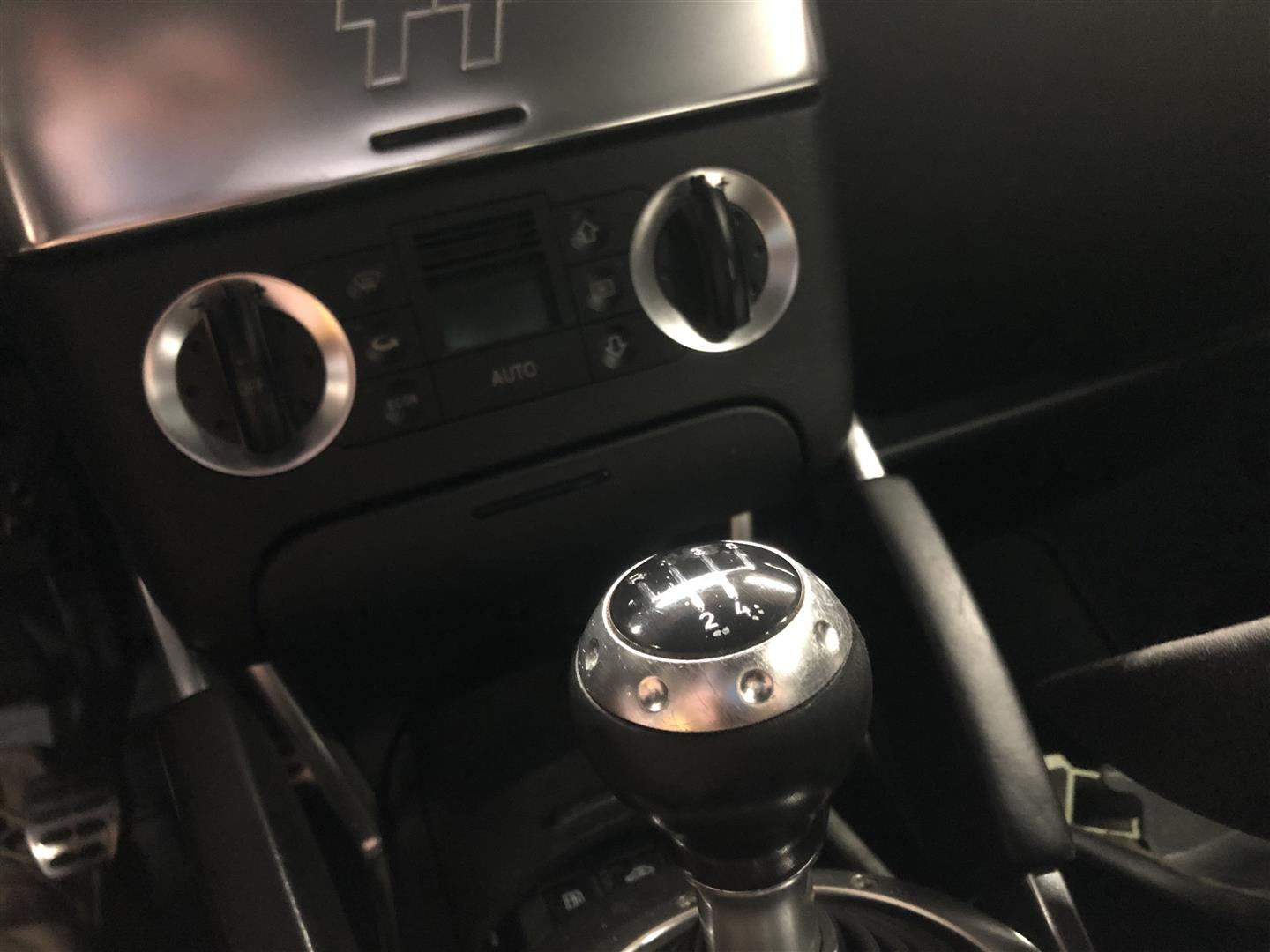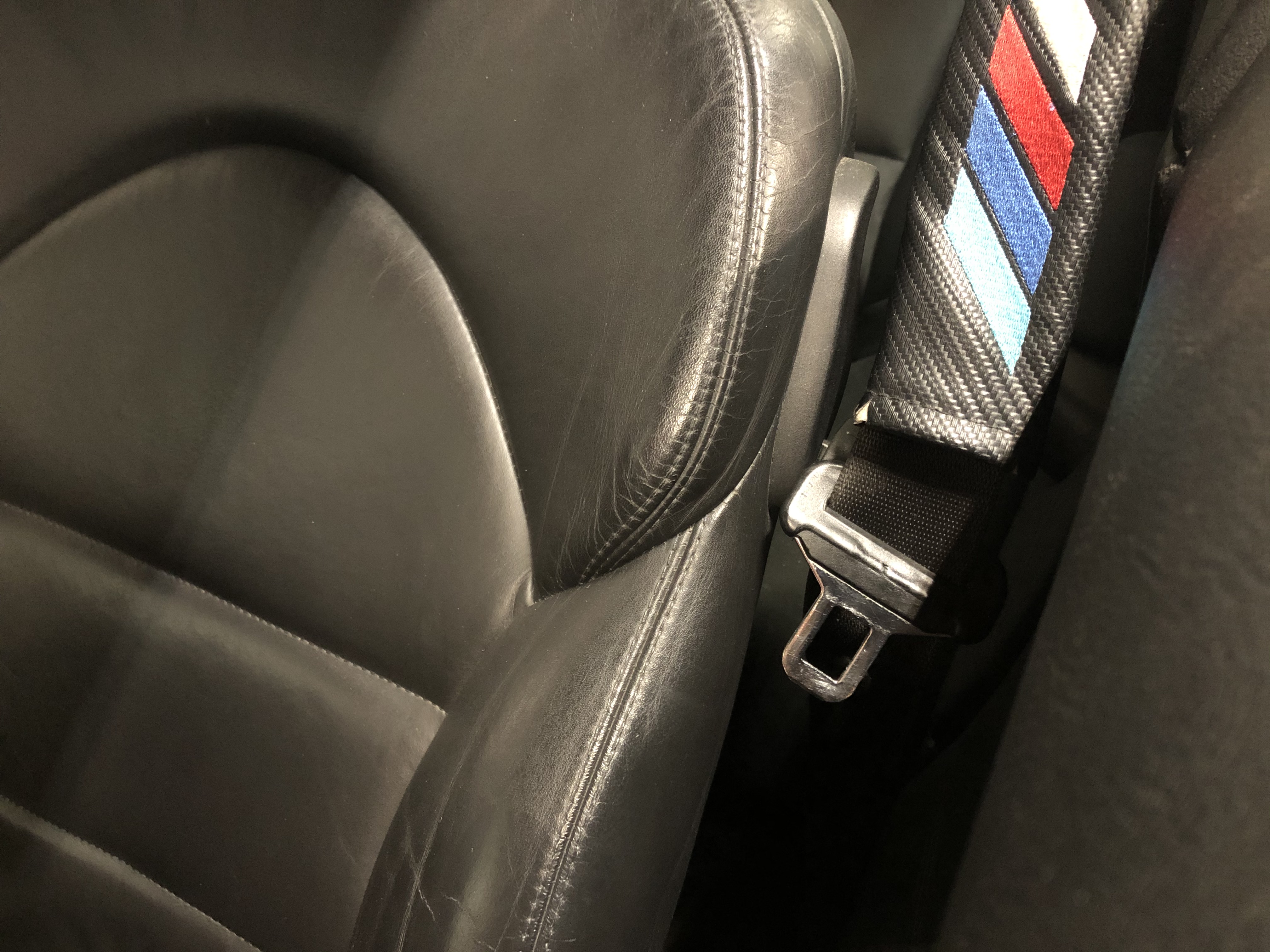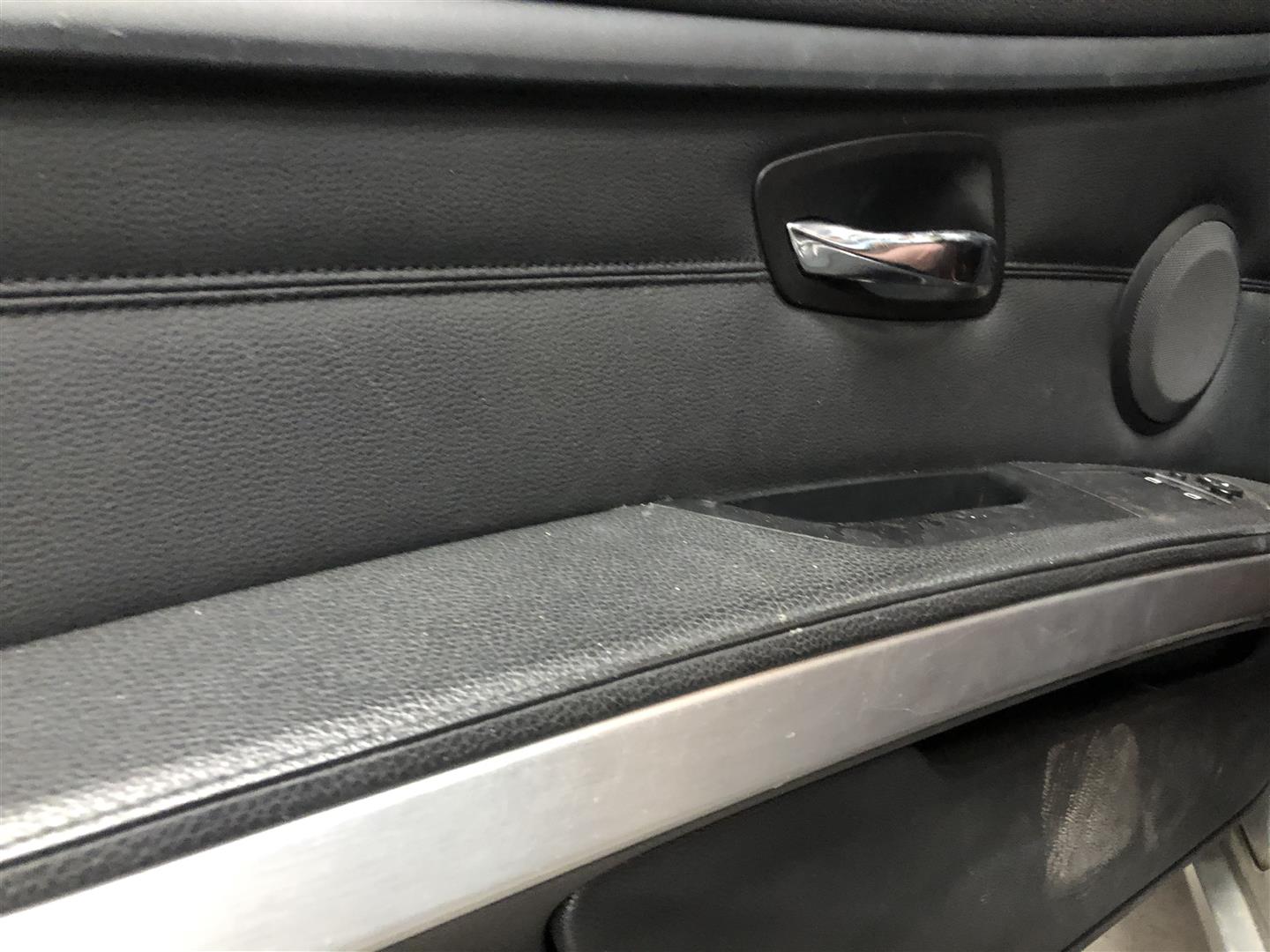In 2020, we are more focused than ever before on the cleanliness and sanitization of surfaces we touch every day. Cars are no exception. We use our vehicles to get around, meaning every time we get in our car, we introduce bacteria and germs from a new environment. Cars can act like capsules these harmful particles, and with so many highly touched areas in a car’s interior, proper cleaning is important.
When taking steps to prevent the spread of viruses and bacteria inside your car, it is crucial to understand the difference between cleaning, sanitizing, and disinfecting. Additionally, knowing the areas inside your car that are touched the most will maximize your removal of harmful germs.
We are not public health experts at Osborn’s Automotive, but we are vehicle experts. The following information can help you make decisions on how to clean the interior of your car.
High Touch Areas
There are several areas in your car that can become a hotspot for bacteria and viruses due to the frequency they are touched. Some of these hotspots are:
Steering wheel
This one is obvious; you spend the majority of your time driving with your hands on the steering wheel. Germs and bacteria on your hands can easily be transferred to this surface.

Radio controls
Radio controls are not touched as frequently as the steering wheel, but both the driver and the passenger can interact with them.
Shift knobs/gear levers:
Another area that is touched immediately when you enter your car.

Seatbelts:
Seatbelts are touched by every passenger and spend time in direct contact with them.

Cup holders
With drinks going in and out, cup holders have the potential to gather germs and bacteria.
Cleaning and sanitizing other areas
Cleaning these areas in particular will reduce the concentration of harmful germs inside your car. Other areas such as the dash, seats, door handle, and glove box are also frequently touched and should be cleaned as well.

Cleaning, sanitizing, and disinfecting. Whats the difference?
These words are often used interchangeably, but they have different definitions.
Cleaning:
Cleaning removes germs, dirt, and other foreign substances from surfaces. Cleaning uses soap and water to remove these impurities. Cleaning does not kill harmful germs, but it reduces their presence on a surface.
Sanitizing:
Sanitizing reduces the number of germs on a surface to a level deemed safe by standards set by public health professionals. While sanitizing reduces the number of harmful germs, it does not remove dirt, oil, and grime like cleaning does, nor does it destroy them like disinfecting.
Disinfecting:
Disinfectants kill harmful germs, reducing their presence on surfaces. Like sanitizing, using a disinfectant will not clean a surface in the same way as soap and water. If the disinfectant is not allowed to sit for the time needed to be effective, it will not work as it should. Disinfecting is the only effective way to remove viruses from the surfaces on the inside of your car.
Ozone Generators:
Ozone generators are machines that produce ozone gas, the same gas found in the Earth’s atmosphere. Ozone machines are used to remove odors and purify the air in vehicles.
How to clean your car interior effectively
Start with the vacuum:
While vacuuming does not assist in removing germs, it will clean up any large debris on seat and in cup holders. This will make it easier to disinfect and sanitize later.
Soap and Water:
With the big debris vacuumed away, soap and water can bot be used to scrub smaller dirt particles and some germs out of interior surfaces. Soap and water are also a gentle and safe way to clean delicate interior surfaces like leather without damaging them.
Disinfecting:
With clean surfaces, the last step to a germ-free interior is disinfecting. Remember, disinfecting is the only way to remove bacteria and viruses from the surfaces on the inside of your car. Sanitizing and cleaning will not work.
Look for an EPA approved disinfectant to ensure you are using a product capable of killing bacteria and viruses. Remember that some cleaning products can damage your interior. Isopropyl alcohol can be used safely on many interior surfaces if you are worried about another product causing damage.
When using a disinfecting product, take note of its dwell time, or the time it needs to eliminate the claimed percentage of germs and bacteria.
Conclusion
You spend a lot of time in your car, which means there are lots of opportunities for viruses and bacteria to accumulate. Understanding where the highest touched areas in your vehicle are, and how to clean, sanitize, and disinfect effectively can help keep you healthy. Contact us or stop into Osborn’s Automotive for all your vehicle sanitization needs and questions!